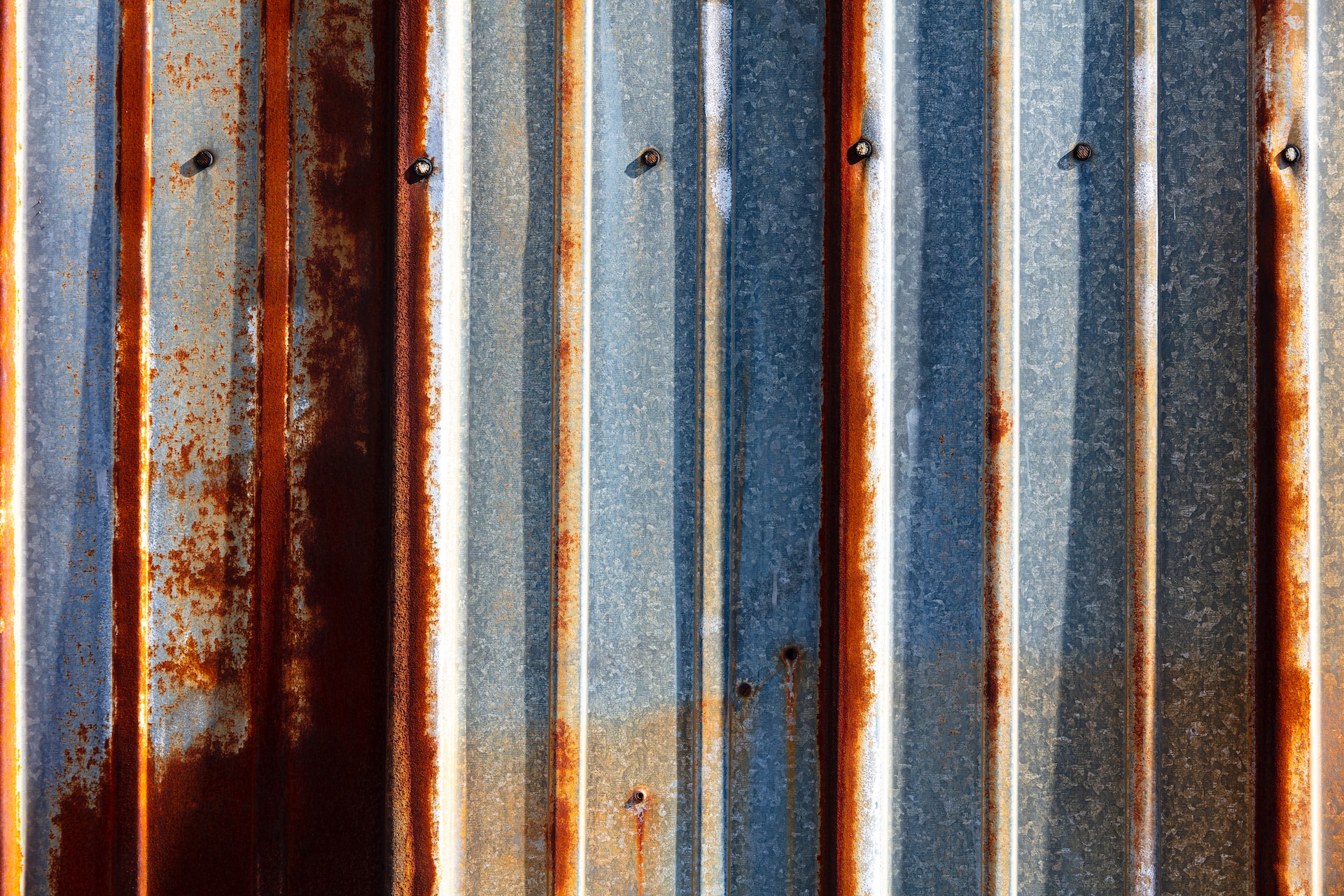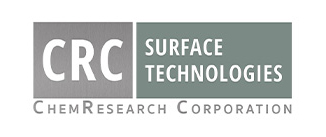
12 Jul What Causes White Spots on Metal Finishes?
Nothing is more frustrating than seeing white spots appear on a newly finished metal part. These blemishes not only affect the appearance of the coated product, they can also affect its quality. From poor preparation to environmental influences, there are many reasons why white spots can form on a metal surface—here are some of the most common causes.
What Causes White Spots on Metal Finishes?
1: Inadequate Preparation
Failure to properly prepare the surface is the number one cause of white spots on anodizing, electroplating, and other metal finishes. Unless you employ the correct preparation techniques—such as cleaning and degreasing, abrasive treatments, or chemical etching—white spots can form.
If the surface is not adequately cleaned, degreased, and treated, it can contain microscopic imperfections that compromise the finished coating and produce white spots. Surface contaminants and residues such as oil, grease, fingerprints, cleaning agents, and other foreign substances can also interfere with how well the coating or plating adheres to the substrate.
2: Coating or Plating Defects
Sometimes white spots form because of defects in the coating or plating itself. Defects can develop during the application process when there is insufficient coverage, uneven thickness, or incomplete adhesion.
Impurities and variations in the chemical composition of the finish can also cause white spots. To prevent these issues, you must have strict quality control measures in material selection, precise application techniques, and thorough inspections.
3: Corrosion and Oxidation
Exposure to oxygen in the air or water can cause corrosion and oxidation, harming metal finishes. Applying protective coatings or using corrosion-resistant materials is essential to prevent white spots.
But although metal finishing improves resistance to corrosion and oxidation, problems can still occur. If any areas of the coating or plating are weak from improper preparation or application, corrosion or oxidation can occur in tiny pockets on the substrate’s surface and appear as white spots.
4: Environmental Factors
Certain environmental conditions can also make white spots appear on metal surfaces. For instance, high humidity, extreme temperature fluctuations, UV radiation, and chemical air pollutants can all affect the integrity of a metal finish, causing white spots to develop over time.
Implementing protective measures like applying durable or corrosion-resistant coatings and platings can help prevent white spots on metal. And employing proper storage and handling techniques can also reduce the risk of white spots.
How to Remove White Spots from Metal
While removing white spots from metal finishes is not quick, cheap, or easy, it can be done. Sometimes, gently cleaning the area with a mild detergent and a soft cloth can be enough to remove the spots.
Most of the time, however, the finish will need to be stripped from the substrate, which may involve blasting, grinding, or sanding to completely remove all residual coating. If any corrosion or oxidation occurred, that must also be removed. Then you will need to clean and degrease the surface and apply the appropriate pretreatments before reapplying the plating or coating.
High Quality Metal Finishing Services in Phoenix, Arizona
It’s possible to prevent white spots altogether with thorough preparation and careful application. Choosing a professional to apply your metal finishes can help you avoid imperfections entirely.
At CRC Surface Technologies, we take extra care when preparing and performing surface treatments to prevent white spots and other defects. We uphold the highest standards of quality and aesthetics to deliver exceptional results every time.
Email us at rfq@chemresearchco.com to request a quote, or give us a call at 602-253-4175 to learn more.
Images used under creative commons license – commercial use (7/12/2023). Photo by Jon Moore on Unsplash

